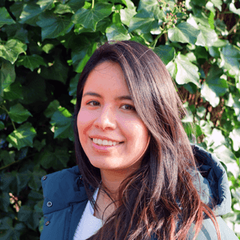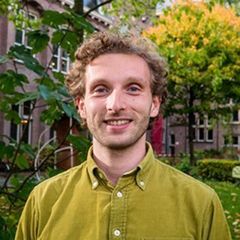
Brazil


About this dashboard
Version 1.0 (Oct 2025)
This work is licensed under a Creative Commons Attribution-ShareAlike 4.0 International License
How to cite this report: Circle Economy. (2025). The circularity gap report Brazil. Amsterdam: Circle Economy.
Collaborators
Deloitte provides leading professional services to nearly 90% of the Fortune Global 500® and thousands of private companies. Our people deliver measurable and lasting results that help reinforce public trust in capital markets and enable clients to transform and thrive. Building on its 180-year history, Deloitte spans more than 150 countries and territories. Learn how Deloitte’s approximately 460,000 people worldwide make an impact that matters at
Circle Economy is driving the transition to a new economy. In this circular economy, we help businesses, cities, and nations leverage business opportunities, reduce costs, create jobs and inspire behavioural change. As a global impact organisation, our international team equips business leaders and policymakers with the insights, strategies, and tools to turn circular ambition into action.
How Brazil's circularity baseline is measured
In Brazil, understanding how materials flow through the economy can offer valuable, actionable information for decision-makers—from local and national government actors to industry organisations—seeking to enable circular transitions. Evaluating the current state of material use and emissions can inform policy development, strategic planning, targeted investments and public-private collaboration to advance circularity across sectors.
This analysis uses 2023 data as the baseline year to explore Brazil’s socioeconomic metabolism. It examines how materials move through the economy—from production to consumption—and quantifies both material and carbon footprints. The Sankey diagram in Figure one visualises these flows, providing a high-level overview of Brazil’s material throughput. We also introduce headline circularity indicators and include a breakdown of Brazil’s labour market using a methodology developed for measuring jobs involved in circular economy activities across sectors by Circle Economy, the International Labour Organization (ILO) and the International Finance Corporation (IFC) under their joint initiative: Jobs in the Circular Economy. The result is a comprehensive picture of Brazil’s current position in the shift toward circularity. All figures that are not explicitly referenced in the report are derived from Circle Economy’s own analysis based on the processing of several data sources. Full details on the methodology, sources, and analytical approach can be found in the accompanying Methodology Document and Annexes.
Acknowledgements
Circle Economy would like to thank the funders, authors, contributors and interviewees for their contribution to the preparation of this edition of the Circularity Gap Report. Authors, contributors and interviewees have contributed to the report in their individual capacities. Their affiliations are only mentioned for identification purposes.
Communication (Circle Economy)


Editorial (Circle Economy)

Contributors (Deloitte Brazil)




Contributors (Circle Economy)















The Circularity Gap Report is an initiative of Circle Economy, an impact organisation dedicated to accelerating the transition to the circular economy.
© 2008 - Present | RSIN 850278983




